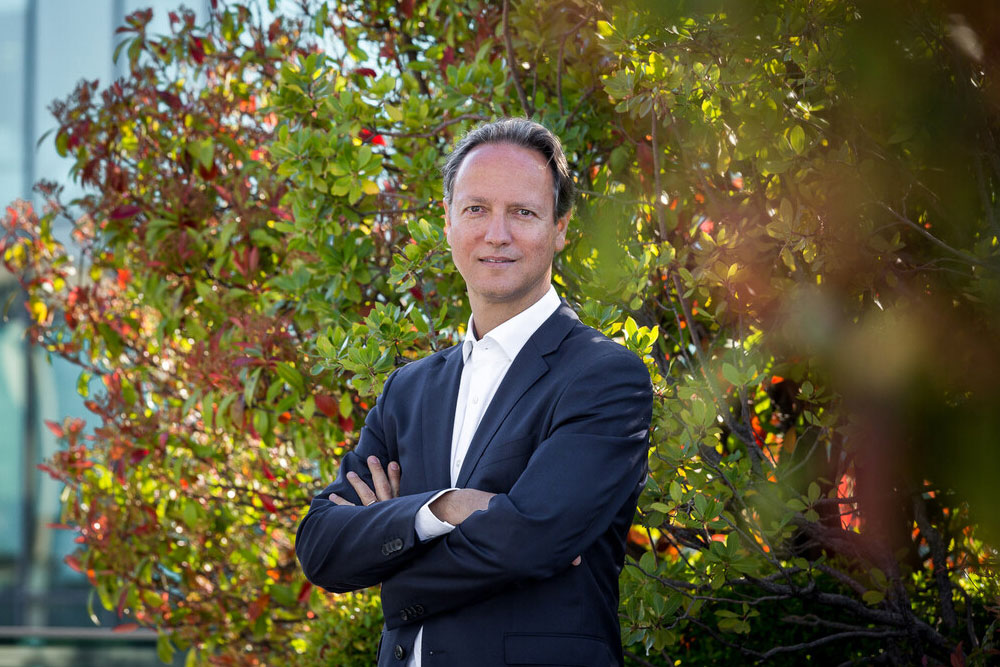With 78% of procurement organisations under pressure to cut functional operating costs over the next year, many process automation emerging as an important means of achieving this aim, per Procurement Leaders’ Supercharging procurement productivity report.
This does not surprise Joao Paulo da Silva, regional resident, EMEA and APAC, at Coupa, who relays a story from a customer who has found, for the first time, discussions around new technology are expanding beyond the IT department. Suddenly, every part of the business is coming to the same team to ask AI and, as he puts it: “They just drown.”
But Silva believes this isn’t about replacing people; he sees the opposite happening. As software enables routine tasks to be automated, many procurement teams he works with are shifting their focus from simple processing to bigger challenges, such as planning for supply chain disruptions and bolstering resilience.
Coupa has evolved from a source-to-pay to a design-to-pay company, what does that mean, especially in the context of supply chain resilience?
It means we’re with our customers from the very beginning, from designing the supply chain and defining their strategy to sourcing, onboarding providers, and procurement, right through to the end. This is crucial for resilience. Look at the recent disruptions, such as the Trump tariffs or earthquake scenarios . You need mechanisms that allow you to react quickly. With our platform, which has 10 million suppliers and 3,500 customers, there’s a large community contributing signals. These signals can generate actions or reactions, allowing you to plan. With the tariffs, for instance, you constantly need to readjust your supply chain. Our platform acts as a digital twin, allowing you to play with scenarios: ‘If this happens, I can react this way; I can reroute my inventory that way.’ For a CFO, what’s important is having their spend under control on a platform that allows them to predict, anticipate risks and strategise, ultimately saving money.
Automation and AI were persistent themes at the recent Coupa Inspire event. Yet, adoption among procurement teams is still under 40%. What are the barriers, and how can they be lowered?
Automation has been growing significantly and will continue to do so. When you look at AI, for example, studies show that under 28% of people are very satisfied with it. There’s a huge opportunity that’s not yet fully materialised because we are on a learning curve. I was talking to a customer who said that for the first time in history, it’s not just one area of the company, like IT, asking for modernisation and automation. Now, all areas are coming to them saying, ‘I need to deploy AI,’ and they’re overwhelmed. They have to pick their battles in the most strategic areas.
As vendors improve our ability to automate and as customers transform their people agenda, the pace will increase. Many companies are still figuring out what to do with their procurement teams, and that can delay technology adoption. The pace of innovation is incredibly fast. A partner told me that what we showed them in November, just six months ago, is so much less than what we’ve deployed now. As we automate and train people to deal with that automation, more will come, allowing customers to go faster.
What do you foresee as the ratio between automated tasks and those that will still performed by traditional procurement teams?
That’s a very good question and difficult to answer because jobs are being redefined as we speak. In the old days, we walked; now we drive cars and don’t even think about it. As we automate procurement functions, we’re even changing our licencing and pricing models. If we’re automating the software, there are no more users to sell, so we’re linking pricing to spend under management or processes.
As you automate many functions, you can leverage those people to perform other tasks, such as analysing supply chain risk or negotiating early payments with suppliers. It’s not a game of reducing people. The companies that play that game will probably be left behind. The winners will be those who say: ‘I have the people, and I have the technology. How can I get ahead of my competition because I have both?’ I believe the balance will be dynamic. As you automate, jobs will change, and you’ll still need people for more skilled tasks, to interpret results and define new market strategies.
How are companies using digital tools to stay agile amid significant trade and economic disruptions?
We have several customers, mostly in the supply chain area, who have drastically reduced their planning time. Some companies were taking three weeks to over a month to figure out how to respond to a new situation. We’ve brought that down to hours or days. As you can imagine, this has allowed them to shift quickly and reduce costs. We’re also seeing customers redeploying the savings they capture from this automation into R&D. These transformations are happening on a frequent basis.
How do you see digitalisation addressing the ‘productivity puzzle’, in the coming years?
It’s inevitable that these tools will help to increase productivity significantly. Productivity is also about increasing your top-line revenue. I think one of Europe’s challenges is the importance of regulation and compliance. While very important, it can slow us down compared to the US, which is less regulated and can sometimes move faster and capture more revenue initially.
However, in the long run, I think Europe has a huge opportunity to leapfrog. For example, one of our partners is releasing an accelerated way to implement Coupa, where the customer only needs to make 12 decisions, mostly linked to their risk profile and sustainability goals. Based on those decisions, the solution is deployed very quickly. So, sometimes productivity comes at the cost of strategic decisions for the mid- to long run. A company might prefer to be a bit less productive but bulletproof against scandals that could damage their brand. Or they might want to be the most sustainable, and that might come at a cost to their margin.
What do you see as the next big disruption that procurement leaders should be planning for?
I believe that real innovation comes when you change 1% every day. I don’t think you’re going to see a 20% change in one day because organisations and humans have difficulty absorbing that. CPOs should be looking at their company’s value chain and asking: Where should I be adding more value as many of my current tasks get automated? The technology is going to arrive very soon. As it does, what is my role in the organisation to stay relevant and strategic? How am I capable of safeguarding the company’s spending, risk and sustainability? I feel that because there are so many roles to play, the leaders who are thinking ahead are the ones who are going to lead those agendas.





















